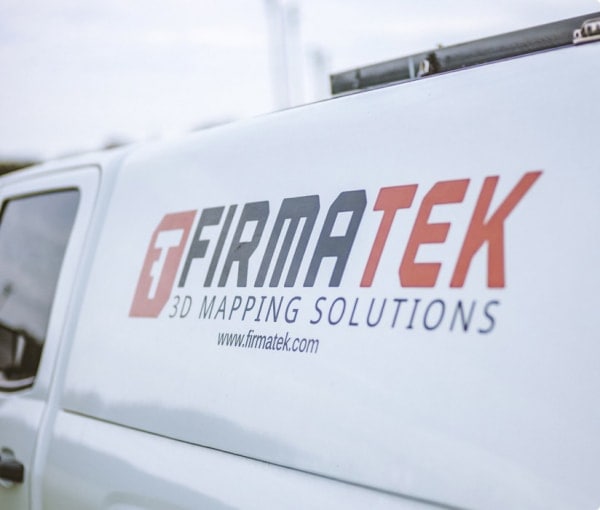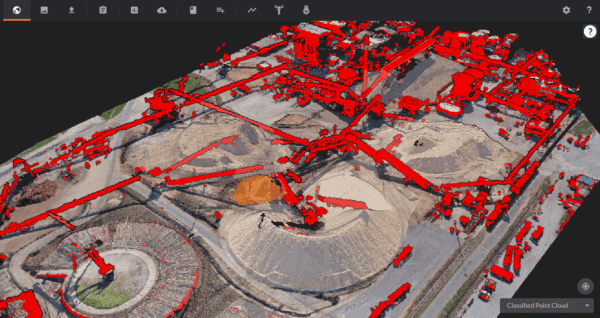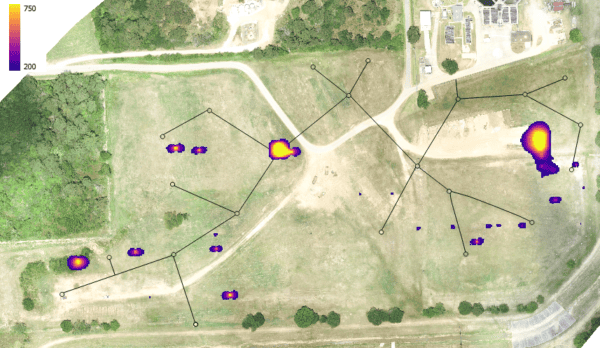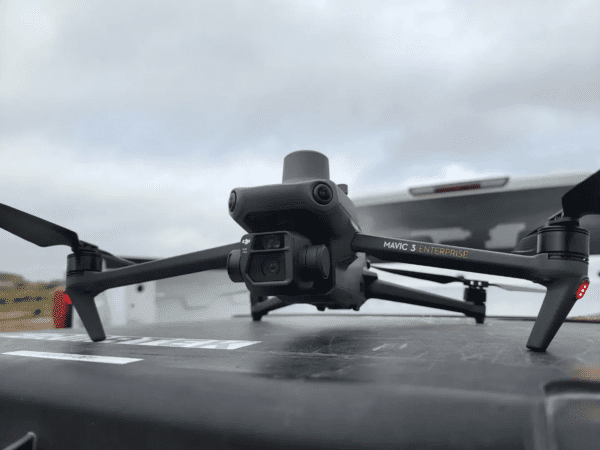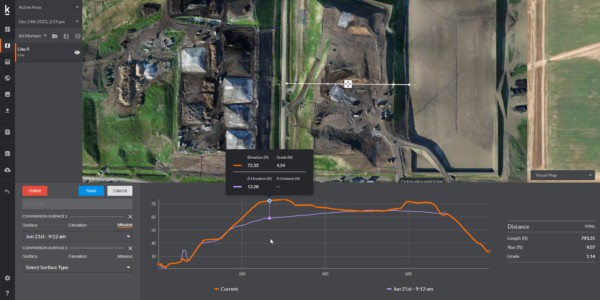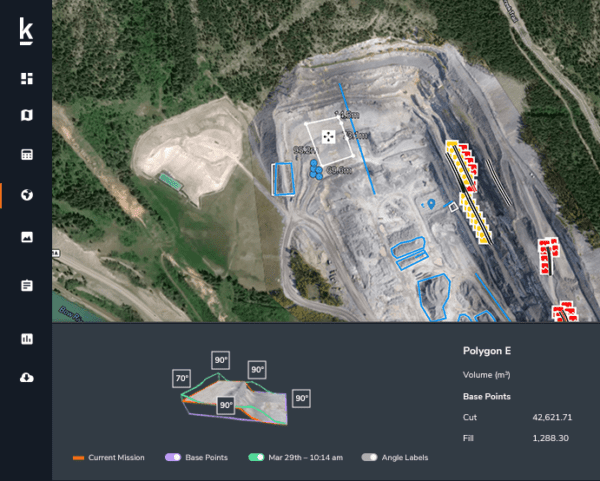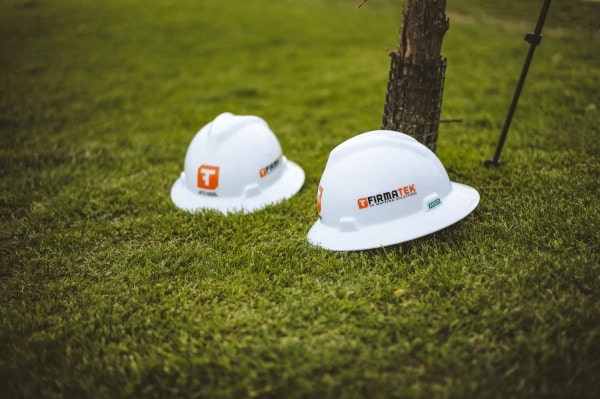Conducting inventory measurements on a monthly basis can give you key insights about your operation. The measurement itself is just data, but when you turn the data into insights you use these insights to build your level of business intelligence. This allows you to manage and make changes to improve your operation. The data is the starting point. Simply getting an image or even a volume is just data. To get the most out of your data, you need to know how to apply that data to make it undoubtedly valuable.
1. Measurement vs. Management
First, what is the difference between measurement and management? Measurement is the data. Management is the insight and decisions you make with that information. When we talk about more than data at Firmatek, we mean more than just a number. We mean reporting, tools, and historical analysis. We are talking about working with clients to help them understand what is going on in their operation so that they can make adjustments to processes and procedures based on analysis and insights. That’s the difference. Measurement is data, management is taking insights and applying them to the operation.
Inventory management is the first reason to measure your inventory on a monthly basis. You can fly your stockpiles on a monthly basis and get a volume. Then, you add the types of material and the densities to get an inventory number. With this information, you now know how much of each type of material you actually have on the ground. Then, you can take that information and make decisions. You can change the mix of inventory you keep based on sales numbers. You can also manage your inventory, consolidate your piles, and ultimately circle back to production to change the mix of materials that the site is producing, if necessary. Inventory management offers a diverse number of benefits that contribute to operational success.
2. Production Process Improvement
The production process has historically been filled with assumptions. There are assumptions and estimates about how much material is produced and how much loss there is in the process, just to name a couple. With a monthly measurement, you can now fly your active area and get updates on volumes removed and new imagery. This can then be used to update mine plans.
Importantly, it can also be used to make improvements to the production processes. One of the most common places assumptions affect an operation is the amount that the operation assumes is lost throughout the process. You may have thought your loss was 10%, but you keep coming in at around 15%. Now that you have these frequent numbers, you can take a closer look at your operation, make some changes to production to improve your loss percentage or adjust your assumptions. This not only improves your operation, but it will also keep your books more closely aligned with your actual inventory.
3. Fewer Write-Downs
As we noted in our blog The Cost of Not Measuring, many companies in the aggregate mining industry have significant write-downs on their inventory. If you measure on a regular basis, you can keep the books more closely aligned and make changes to process in order to keep the books and the actual aligned.
Good Data, Good Insights, Better Business Intelligence, Better Business
When you have good and frequent data, you glean factual insights and analysis from that data. Those insights, such as a monthly inventory report, can be used to improve operational efficiencies and update decision-making models. Having a better overall understanding of your operation and continually improving your operation will improve the overall performance of the operation. So ask yourself this, how useful is your data?



